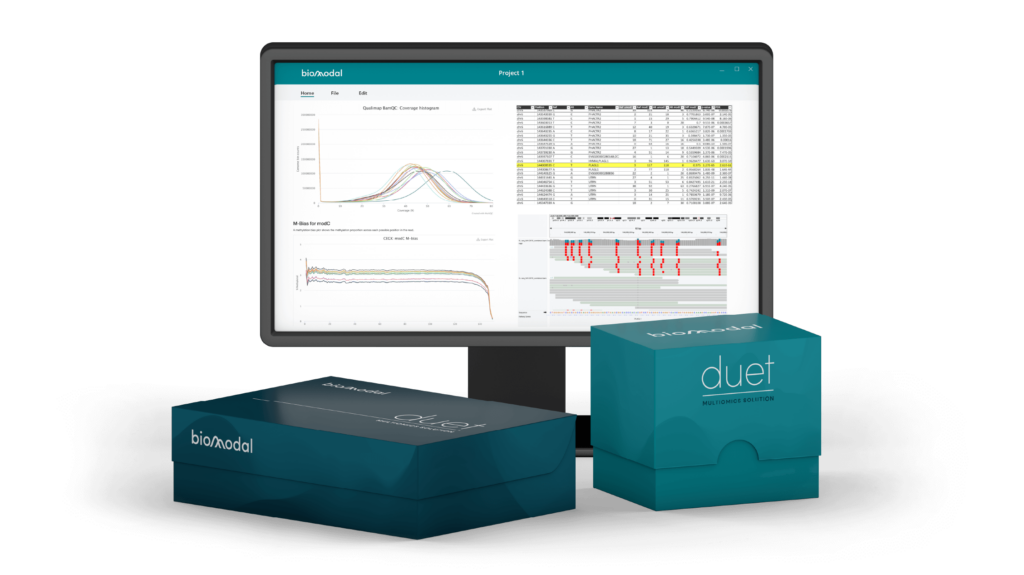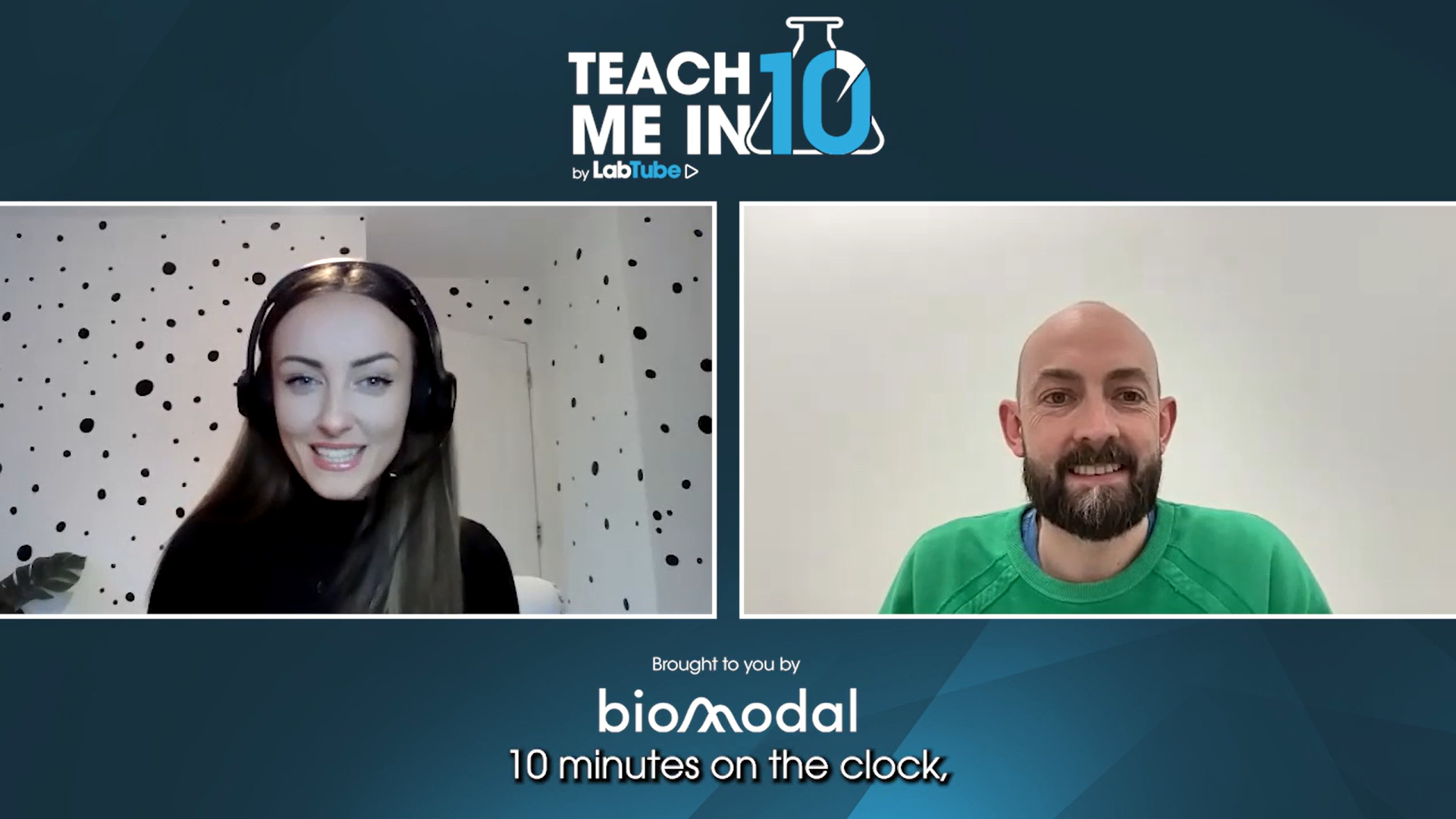Bring multiomic data to your cancer research
Alterations in DNA methylation are associated with many cancers and appear to have a role in both gene expression changes and the occurrence of mutations.
Early work on DNA methylation associated an increase of methylation in promoters and control elements with a decrease in gene expression.
Because the previous tools available to researchers were inadequate, the vast majority of those studies conflated the two most common forms of cytosine methylation, 5-methylcytosine (5mC) and 5-hydroxymethylcytosine (5hmC).
Recent studies have shown that an increase in 5hmC in promoters, gene bodies and enhancers are indicative of priming control elements for an active state and increased gene expression versus 5mC hypermethylation. Thus, a clear delineation of 5mC from 5hmC as well as the extent of methylation is crucial to understanding the status of genes and regulatory elements.
Genetic mutations are common to all cancers whether they are the initiators of the oncogenic state or a product of uncontrolled growth.
Within the specific single nucleotide polymorphisms (SNPs) that are common to most cancers is the C to T transition. This type of SNP can be driven by the deamination of 5mC to thymine and there is a significant body of research related to the enzymes that control DNA methylation for this reason. In this case, DNA methylation creates a substrate for mutation especially in 5mC hypermethylated regions.
Typical methods to identify DNA methylation rely on the deamination of all un-methylated cytosines in a DNA sample and thus are incapable of accurately detecting somatic C to T transitions.
The term variant-associated methylation (VAM) can be used to describe the direct association of genetic variation with changes in DNA methylation – either in close proximity or across large genomic distances. VAM directly links genetic sequence information with methylation data and provides powerful insight into the dynamic interactions that are occurring.
By mapping both genetic variants and methylation status on the same DNA molecule, greater insight can be gained on how genetic differences influence methylation patterns and how this affects gene expression. This is particularly important in understanding complex diseases where both genetic variation and epigenetic modifications play a role.
Using the power of the 6-base genome, with all four canonical bases plus 5mC and 5hmC separately distinguished, accurately map the genetic and epigenetic interactions that characterise cancer progression. Using a single low input cfDNA sample, analyse the full genome and methylome, discover variant associated methylation, identify promoter regions, and make predictions about gene expression, all from a single workflow.


Teach me in 10: revealing the combinatorial power of genetic and epigenetic information for early cancer detection
In this Teach me in 10 episode we will explore how simultaneous sequencing of genetic and epigenetic bases in cfDNA allows for early cancer detection.
We can help you reveal new data and multimodal insights from your research.
